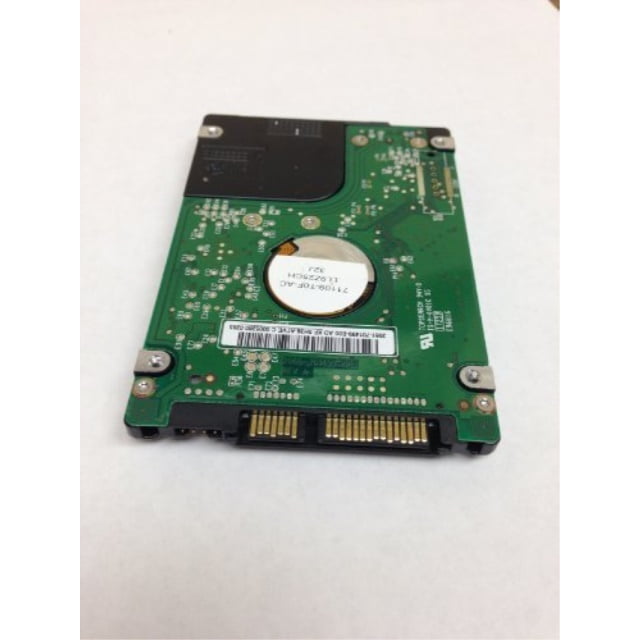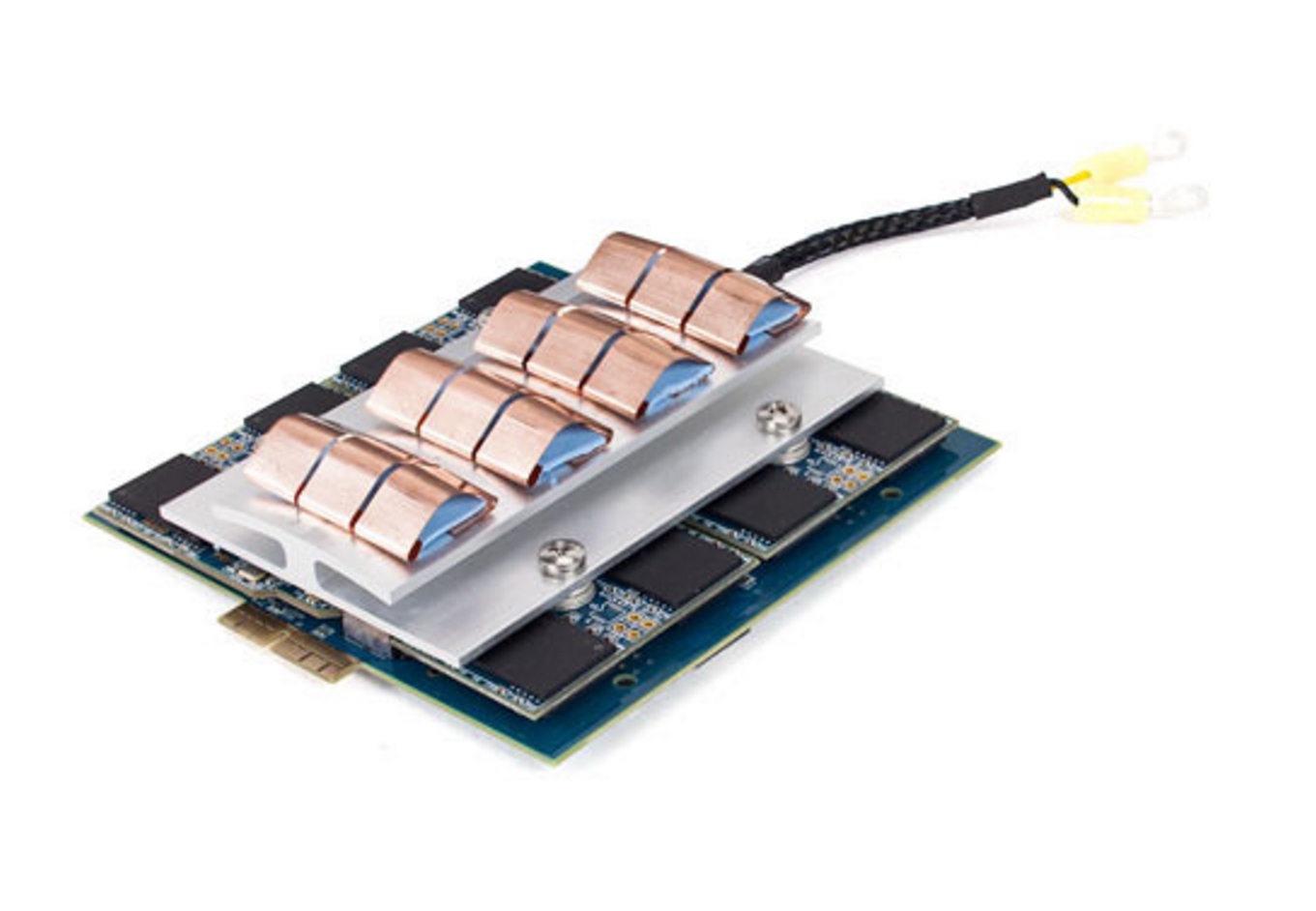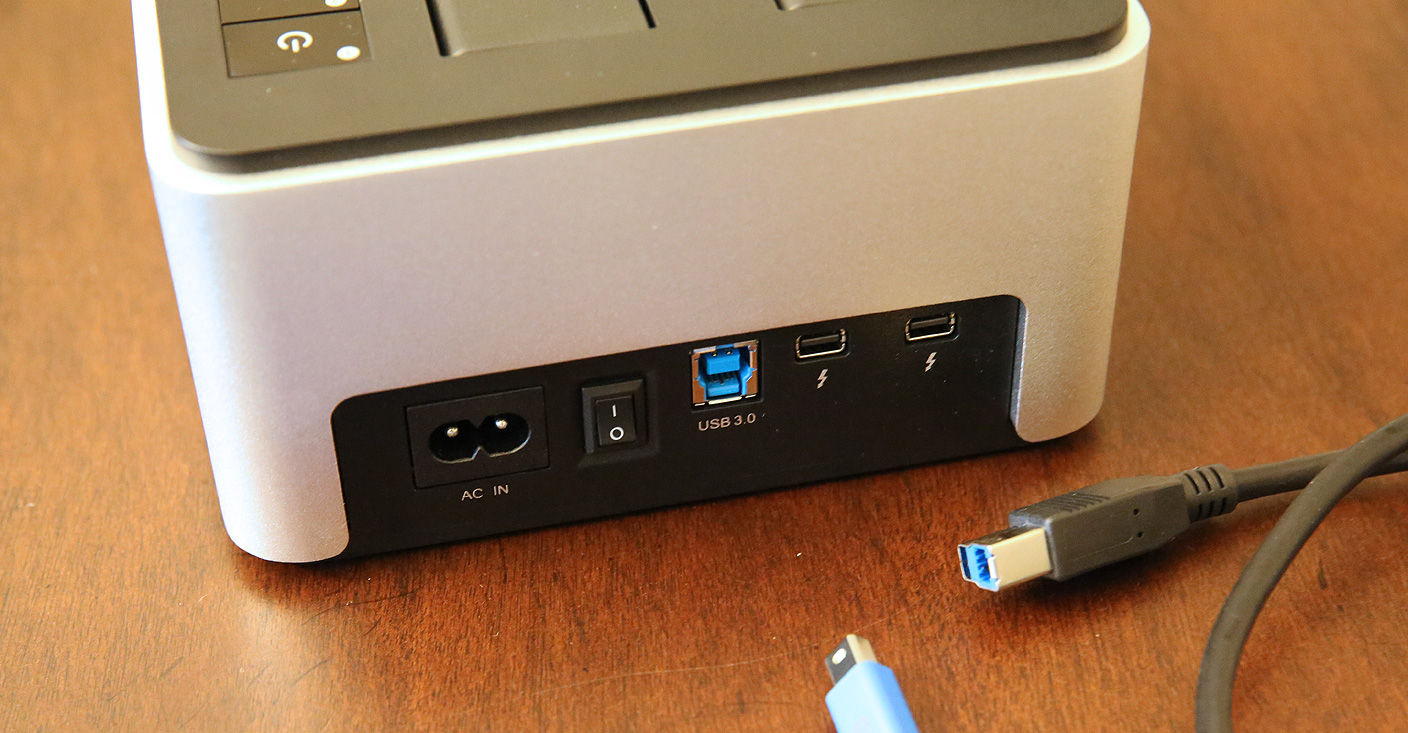

Hopefully, the hard drive has shown up now.

It should look as though your Mac has started again Switch it back on and immediately press these four keys together for at least 20 seconds: Option, Command, P, and R.This is why resetting NVRAM can help fix the problem with those settings. NVRAM has to do with storing different settings, including the startup disk selection settings.

In the Sidebar tab, you can choose which folders and devices will be shown in the left-hand column of the Finder window.

What to do if external hard drive is not detected? In most cases, when Finder doesn’t see your drive, you just have to change a few things in Preferences. When you connect a drive to Mac, it should appear in Finder under Locations. If you’ve got another port, try connecting the device to that one. Change USB portsĪ damaged USB or flash drive port on your Mac could be the reason why external drives won’t show up. Try connecting the same device with a different cable. It sounds obvious, but since the connection relies on a wire - either a USB cable or HDMI cable - if it’s not connected properly, the drive won’t appear on your desktop.Īssuming it’s plugged in correctly, not wobbly or loose, the cable could be at fault. Try free Check whether the drive is properly plugged in While it’s impossible to instantly figure out why an external disk drive is not showing up, there are some working methods that will help you get things right. How to fix an external disk drive that won't show up on a Mac With M1 chips, the threat is very real due to the fact that it’s impossible to boot your Mac if your internal SSD fails.


 0 kommentar(er)
0 kommentar(er)
